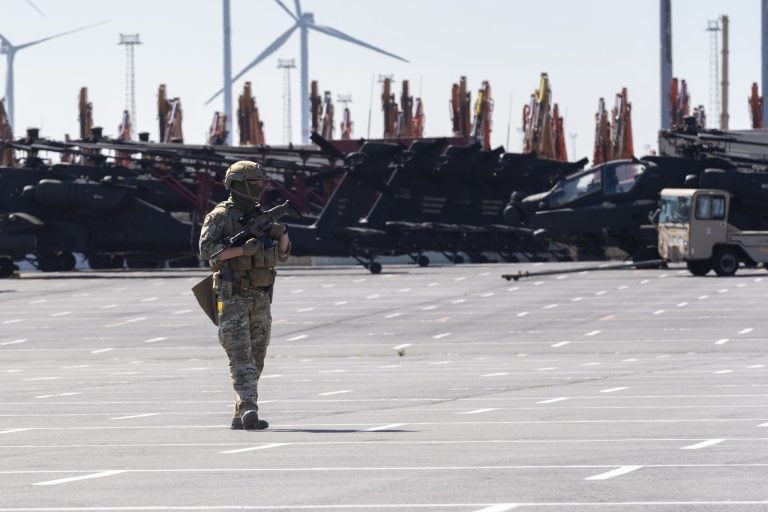The French Navy is set to make history as the first naval force in Europe to operate the PC-24 Super Versatile Jet by leasing three of these advanced aircraft. The planes will be sourced from Jet Aviation France, which has secured the jets directly from Swiss manufacturer Pilatus. The inaugural delivery of the aircraft is slated for February 2026.
This strategic move aligns with Pilatus’s broader ambition to enhance its operations in the government aviation sector, extending its reach beyond traditional training missions. Notably, the PC-24 is designed for single-pilot operations, equipped with a standard cargo door, and is capable of landing and taking off from unpaved runways. This versatility makes it suitable for a diverse array of government missions.
The aircraft boasts impressive specifications, with a maximum cruise speed of 440 knots (approximately 815 kilometers or 506 miles per hour), a service ceiling reaching 45,000 feet (13,716 meters), and a maximum takeoff weight of 18,740 pounds (8,500 kilograms). In terms of dimensions, the PC-24 measures 55 feet 2 inches (16.8 meters) in length and stands 17 feet 4 inches (5.3 meters) tall.
This announcement builds on France’s ongoing collaboration with Pilatus aimed at modernizing pilot training across the nation’s armed forces. The partnership includes various French companies and primarily focuses on the PC-7 MKX training aircraft. In May, a significant agreement was signed between Exail and Babcock France to deliver advanced flight simulation systems intended to enhance the training of French Air and Space Force and Navy pilots on the PC-7 MKX.
The 17-year contract, awarded by the French Ministry of the Armed Forces, encompasses the design, delivery, and long-term support of these advanced training systems. Earlier in March, France had placed an order for 22 PC-7 MKX aircraft, along with the development of ground-based training systems in partnership with local industry stakeholders.
The introduction of the PC-24 jets not only marks a significant upgrade for the French Navy but also underscores the nation’s commitment to advancing its military aviation capabilities through innovative solutions and partnerships.
















